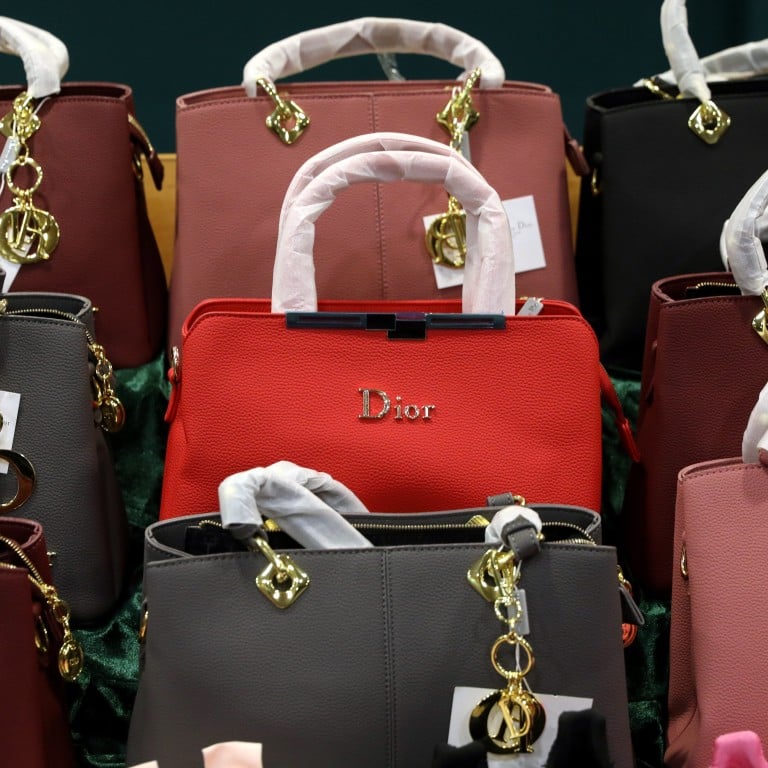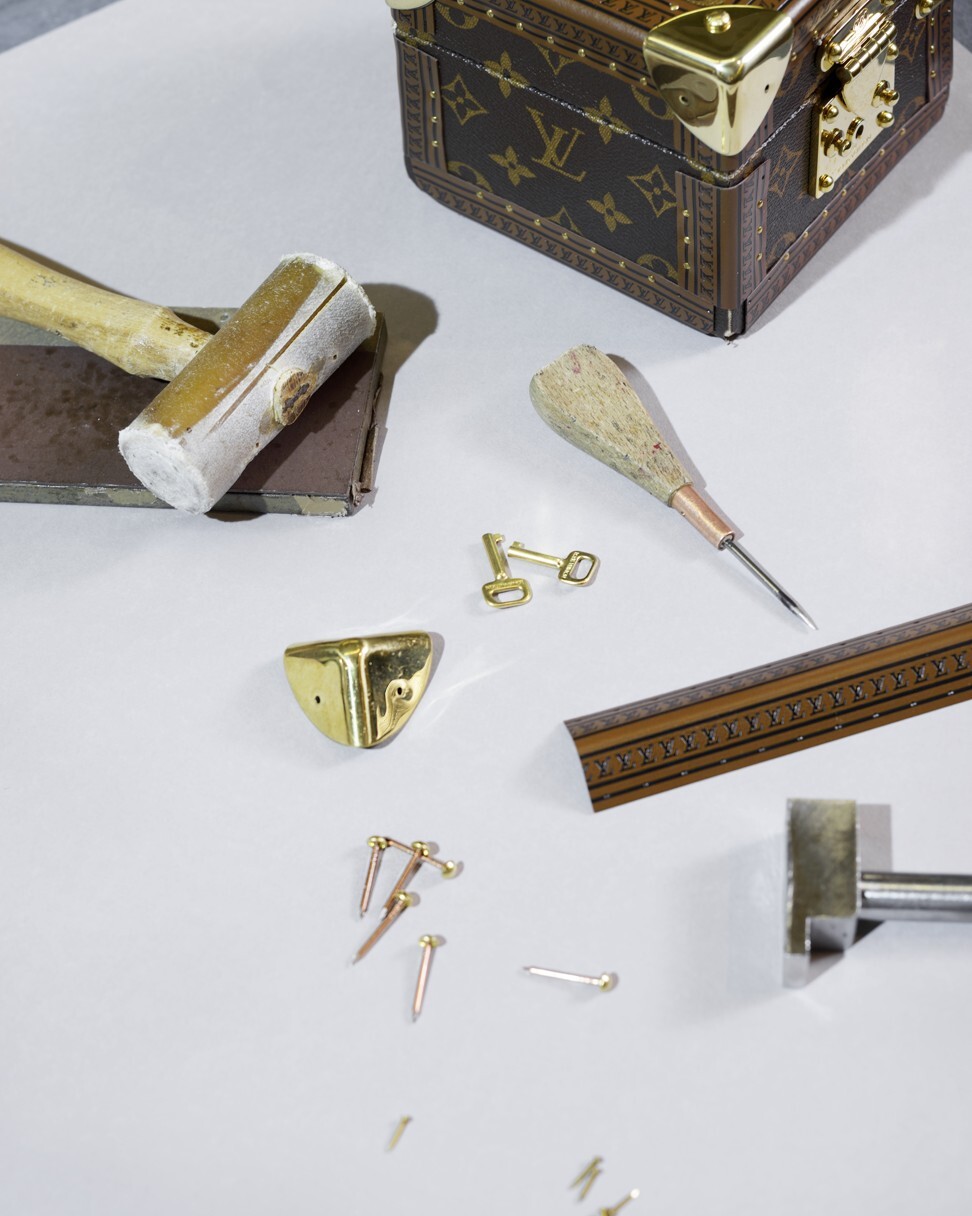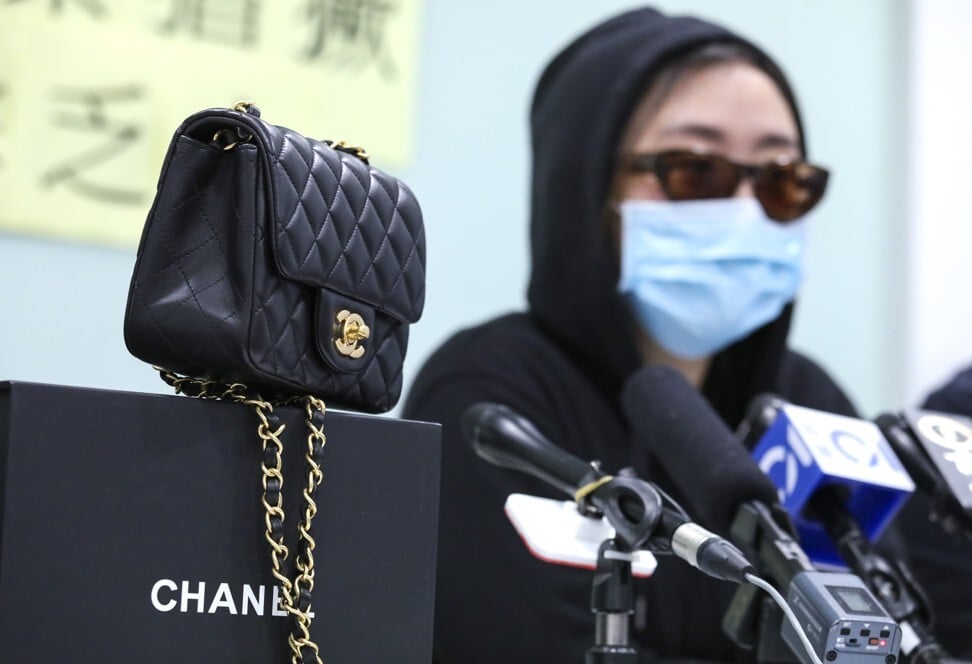Fake Louis Vuitton bags to imitation Hermès Birkins: how counterfeits are still destroying luxury brand reputations in the e-commerce age

This article is part of STYLE’s Inside Luxury column.

How much did Nita Ambani spend on her ultra-rare Hermès Himalaya Birkin?

How luxury watchmakers have embraced VR online boutiques during Covid-19
Although brands like Louis Vuitton have a strict zero-tolerance policy when it comes to fakes, technologies like blockchain-based authentication services are not yet widely used. Irene Woerner, CEO of EmTruth, a pioneering blockchain solutions company, told me that “the usage of technology-based authentication solutions in the luxury industry is way behind other sectors”. As a result, brands gamble with their brand equity as more and more sales volume is done via e-commerce and resellers.

The extreme in the digital space is entire fake brand stores that use the original imagery and brand descriptions of the real brands. For casual customers, these fake stores are almost indistinguishable from legitimate ones. Often, they offer steep “discounts” for completely fake inferior merchandise.
STYLE Edit: Tod’s new handbag capsule collection looks back, moves forward
Customers later attribute the catastrophic quality to the original brand. Oftentimes this leads to horrible reviews on third party sites like Trustpilot, which then further damages brand equity. Counterfeits can initiate a literal chain reaction of unhappy customers who share their discontent online, unable to know if what they bought was real or not.

While counterfeits will never be completely eliminated, the stakes have never been higher. In a social media-driven world, brand reputation can be destroyed much faster than ever before in history. Creating and maintaining consumer trust will therefore become dramatically more important going forward.
Want more stories like this? Sign up here. Follow STYLE on Facebook, Instagram, YouTube and Twitter .

Whether online or offline, a fake Gucci Jackie or a fake LV Pochette, the counterfeit market is still thriving: if LVMH and others don’t find a way to protect themselves, things are going to get much worse